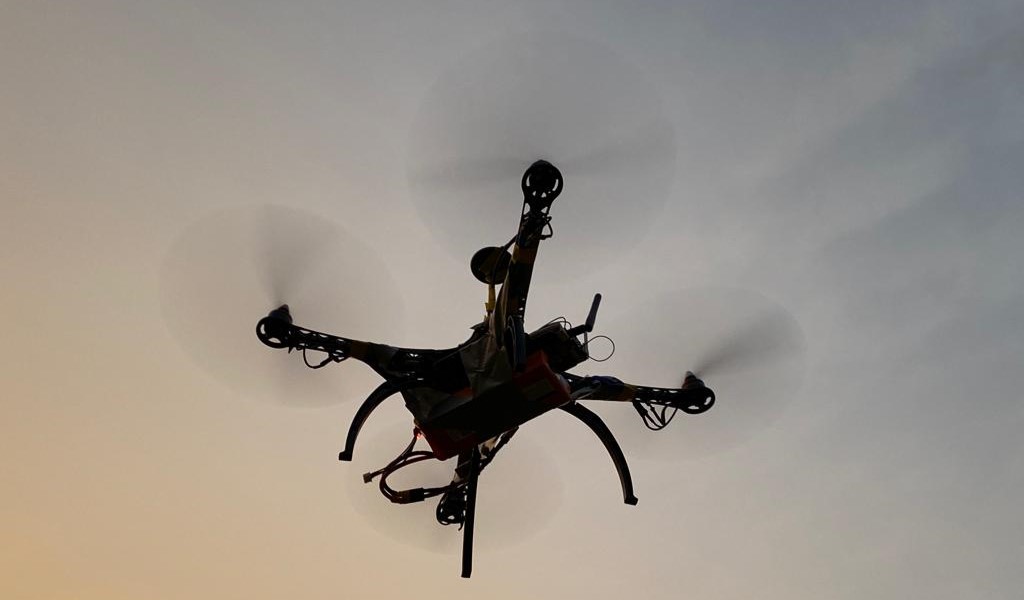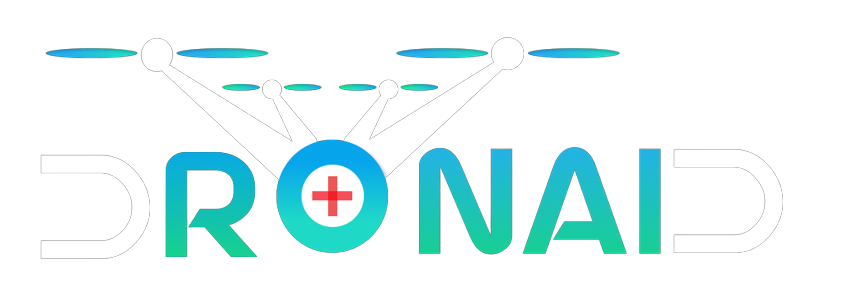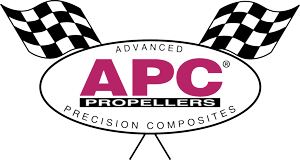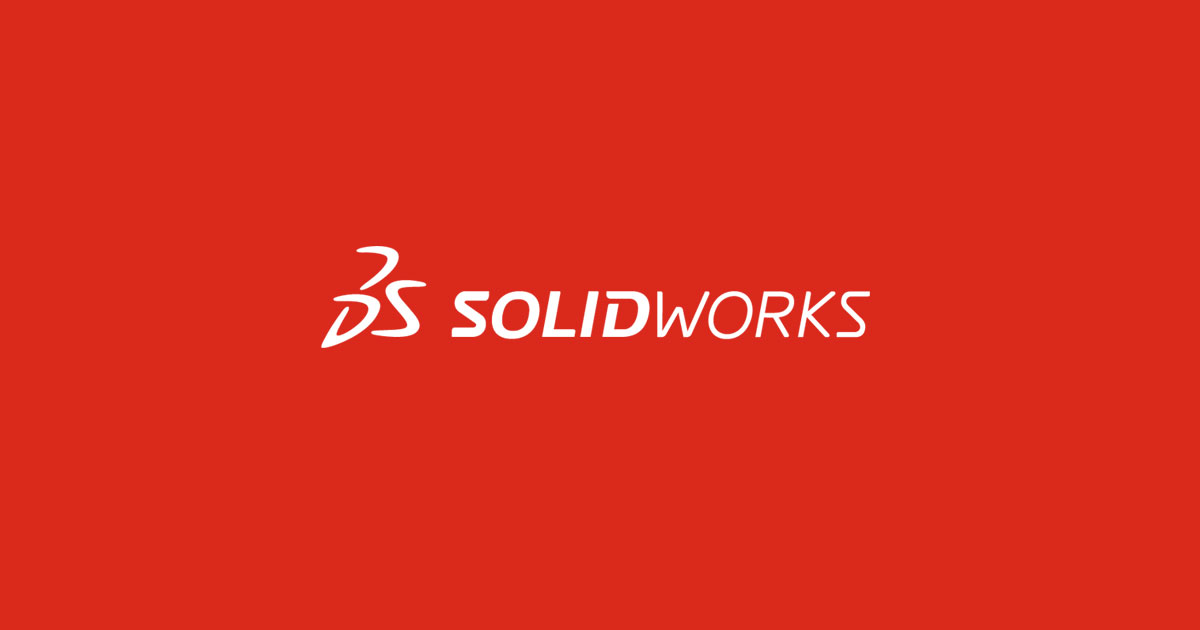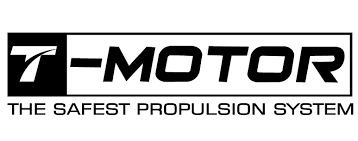How It Works

Our Vision:
Project DronAid is a one-of-a-kind student project set in Manipal, India. We are making an effort to make healthcare more accessible and hassle-free. This will be achieved by creating an intelligent network of UAV systems that specialize in medical applications. By integrating Artificial Intelligence in Unmanned Aerial Vehicles and app development, we hope to bring about practical clinical applications and emergency services at a community level. In recent years, the use of Unmanned Aerial Vehicles (UAVs) has shown transformative results in the fields of farming, defense, and energy production. Recognizing this development and in efforts to take it a step further, Project DronAid was initiated and framed. We are a unique collaboration between the students and faculty of Manipal Institute of Technology (MIT) and Kasturba Medical College (KMC).
To put simply
The team is dedicated towards building a “Autonomous Drone System” (using an Artificial Intelligence configuration/interface) that not only navigates on its own but is also capable of making important in-flight decisions like determining shortest route and terrain assistance. These independent drones can then be integrated into what we call a “Drone Network”.
Applications of Our Tech:
There are a magnitude of applications to the technology that we are working on. A few of them habe been listed below: Emergency Services: To carry small loads like oxygen cylinders, drug kit with essential drugs, blood and IV fluids in appropriate containers. First aid kits with user manual or onboard instructions via webcam can also be carried. In case of major accidents, tourniquets to stop bleeding or inflatable splints to support fractured limbs, cervical immobilizers can be transported for trauma patients. As these items will be transported via drones; they will reach the scene of the accident a lot faster than conventional ambulances. Blood samples can be procured by drones if paramedics are present at the accident scene which can help in accelerating grouping and cross matching in patients with shock and blood loss. All these will drastically increase the chances of patient survival.
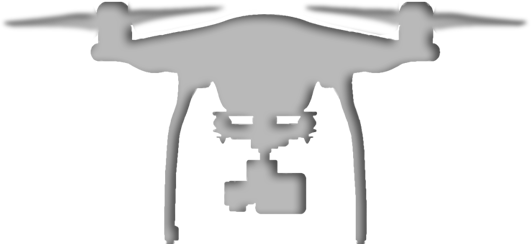
Other Applications:
●Delivery of medical products like drugs and blood to nearby satellite hospitals.
●Procurement of lab samples and other materials from satellite hospitals and thus reducing the time and use of vehicles between hospitals.
●Procurement of pathology specimens for biopsy from satellite hospitals.
●Monitoring and procurement of water or air samples, for research in the field of public health.
